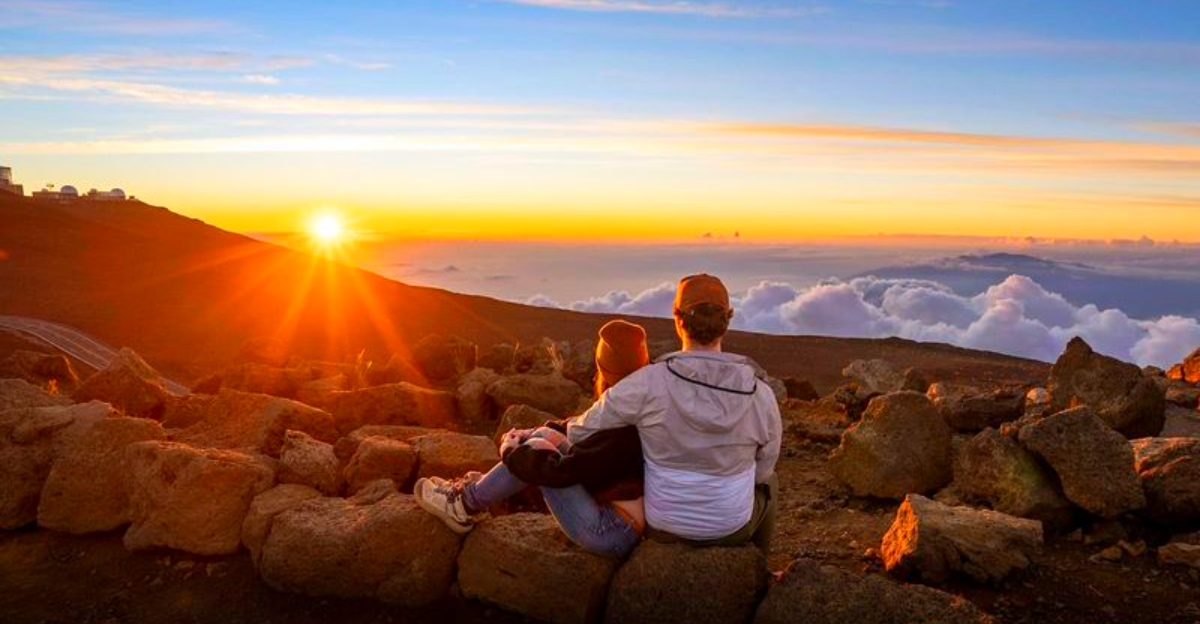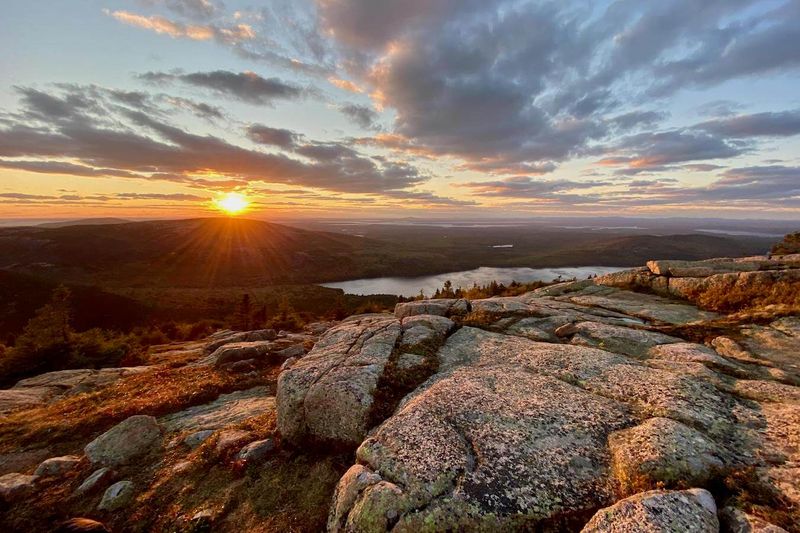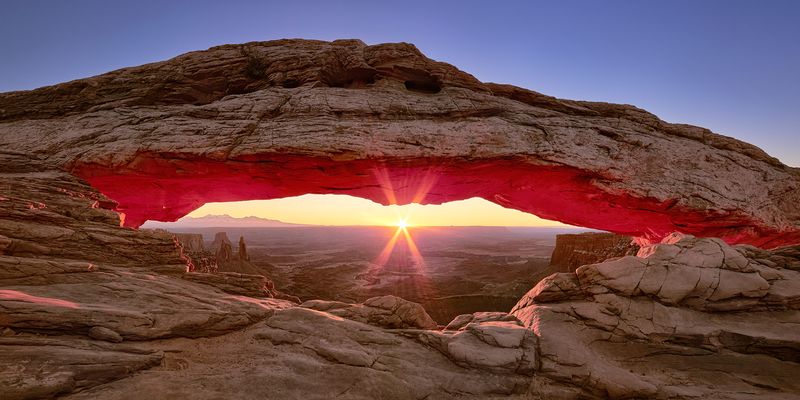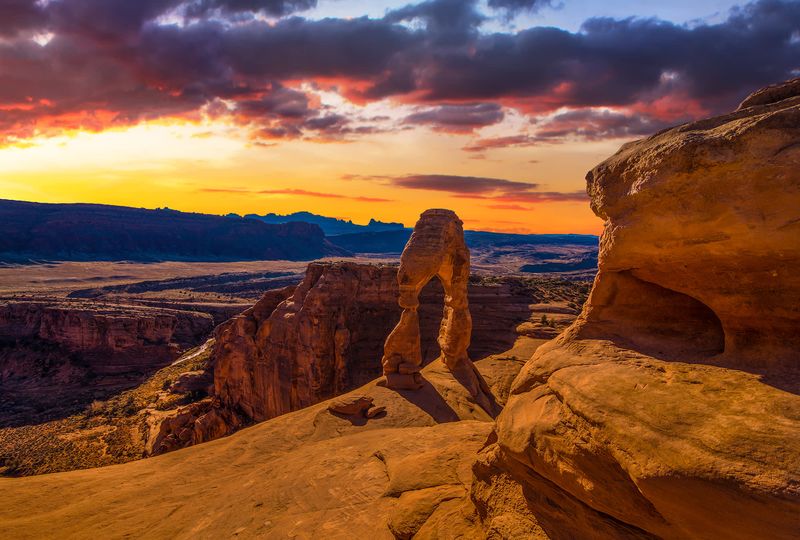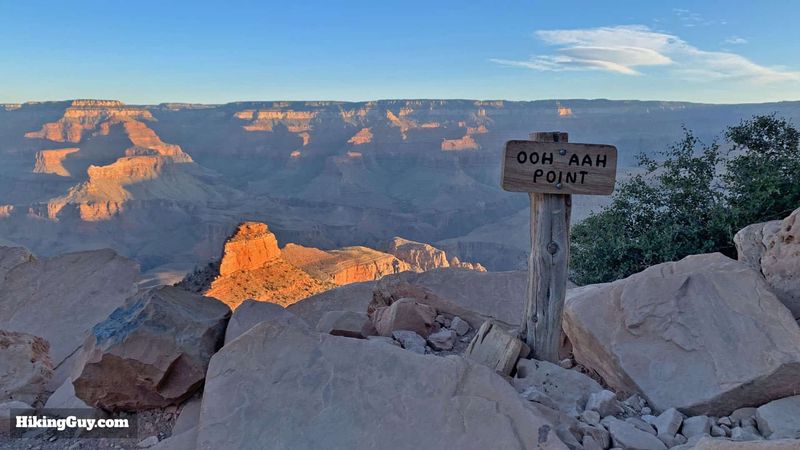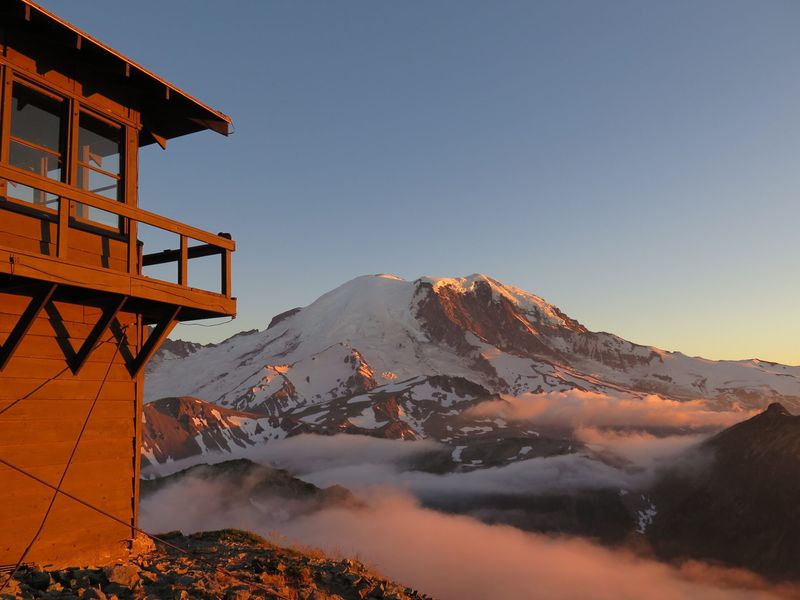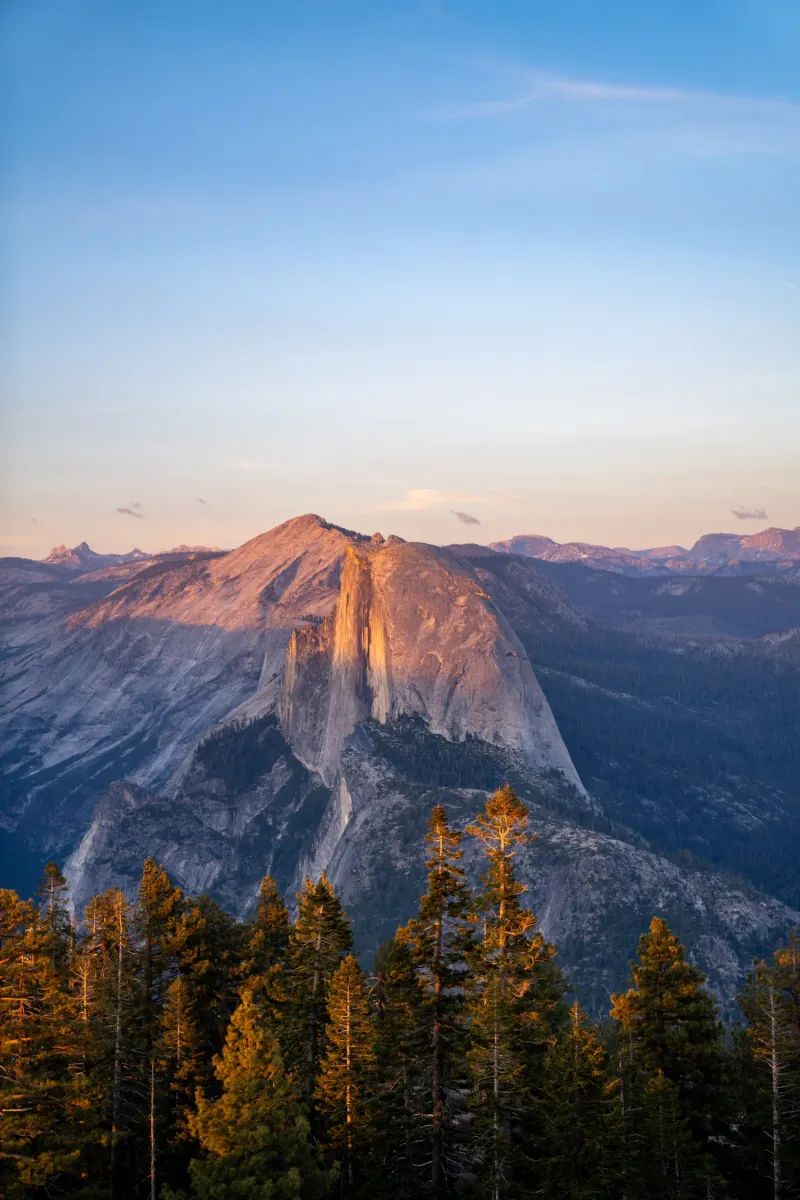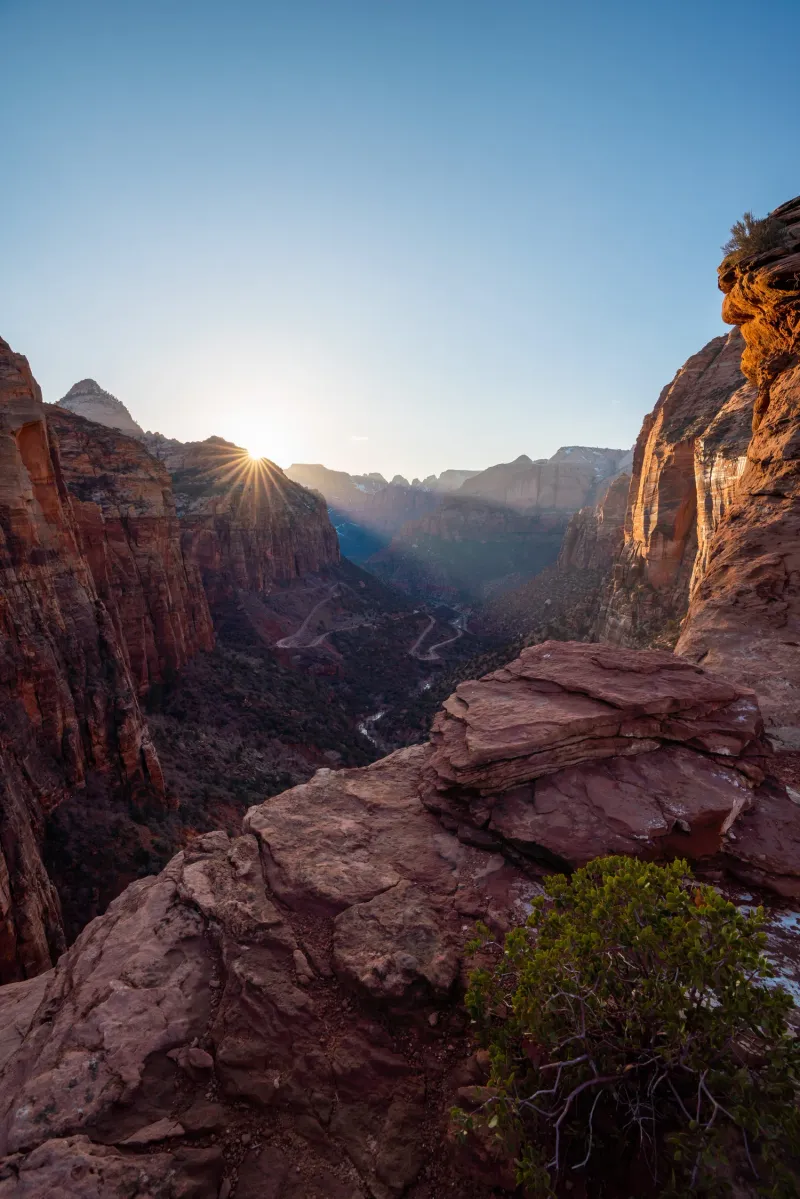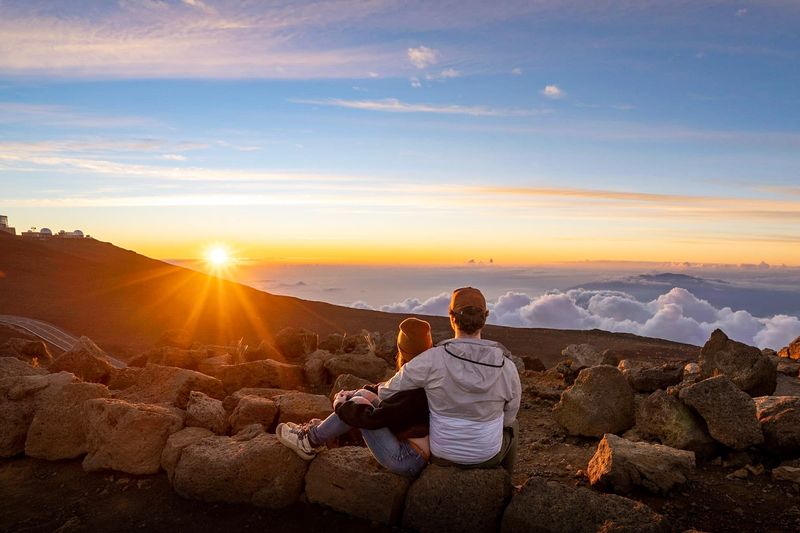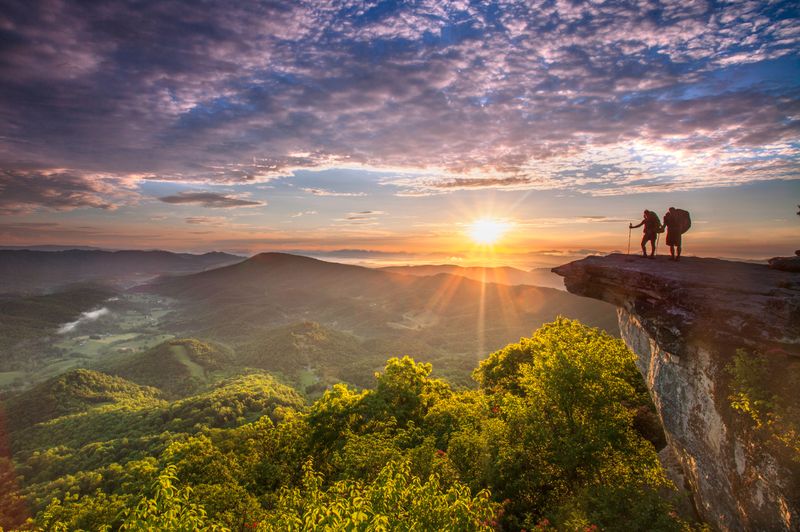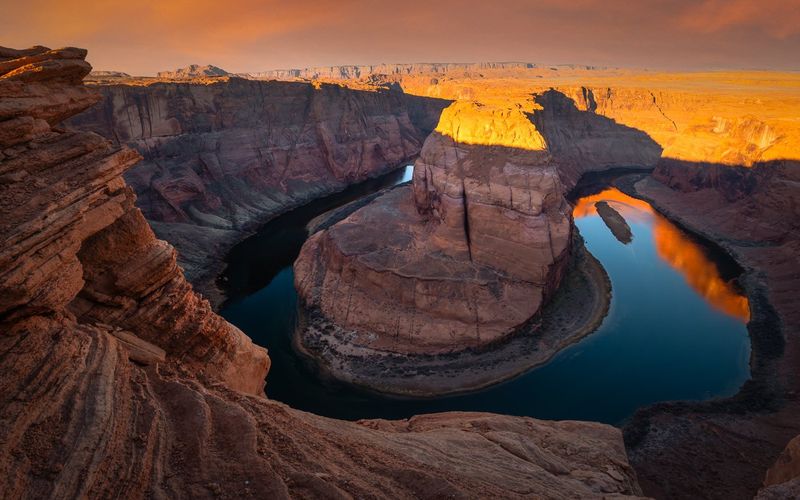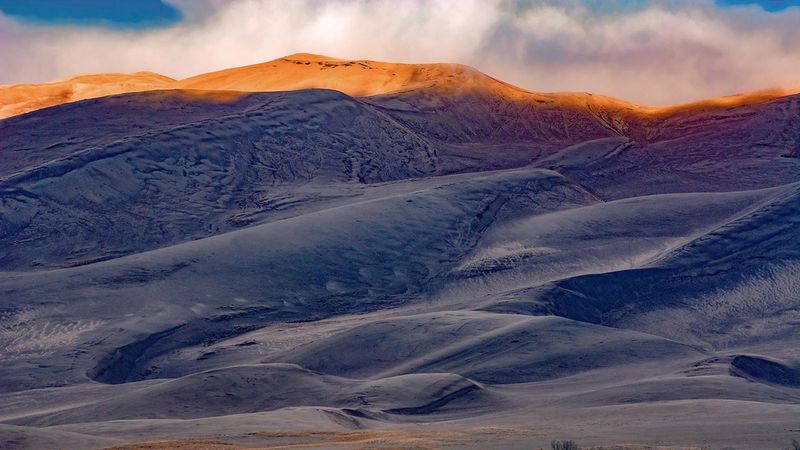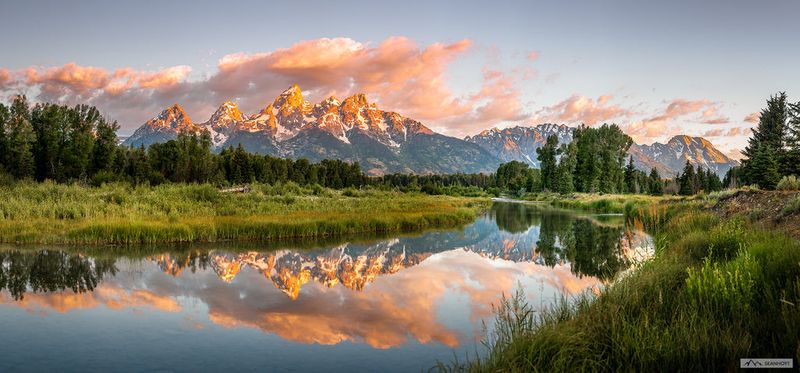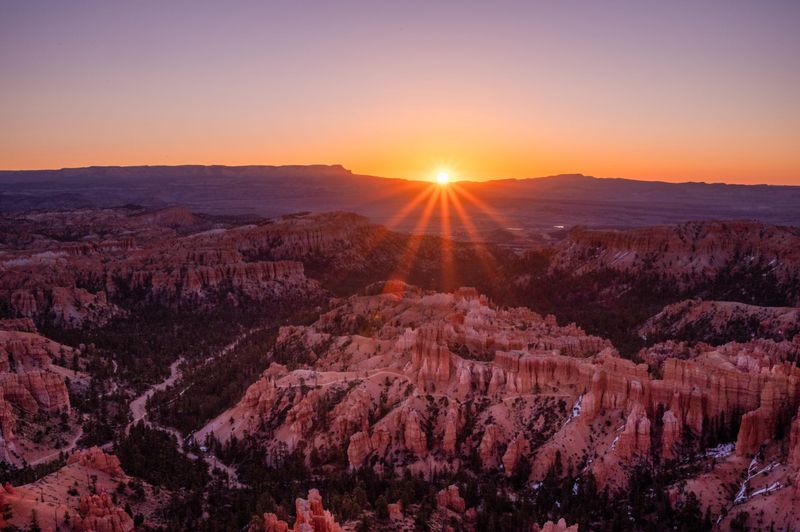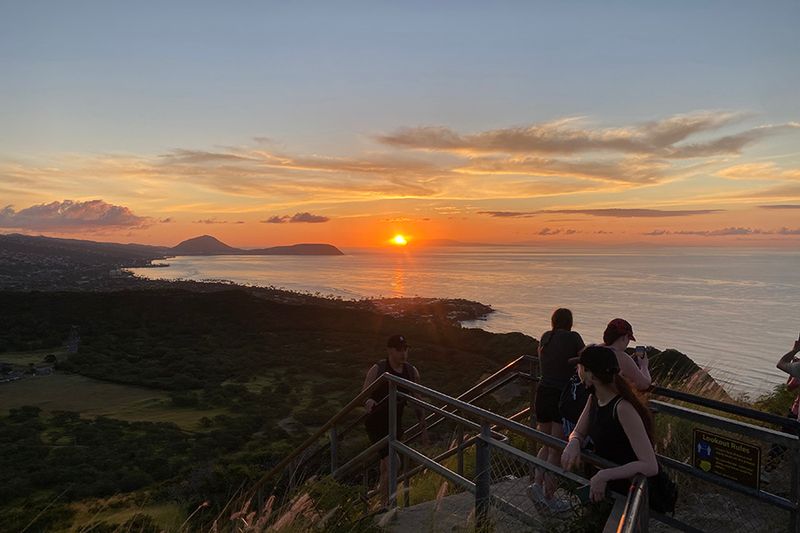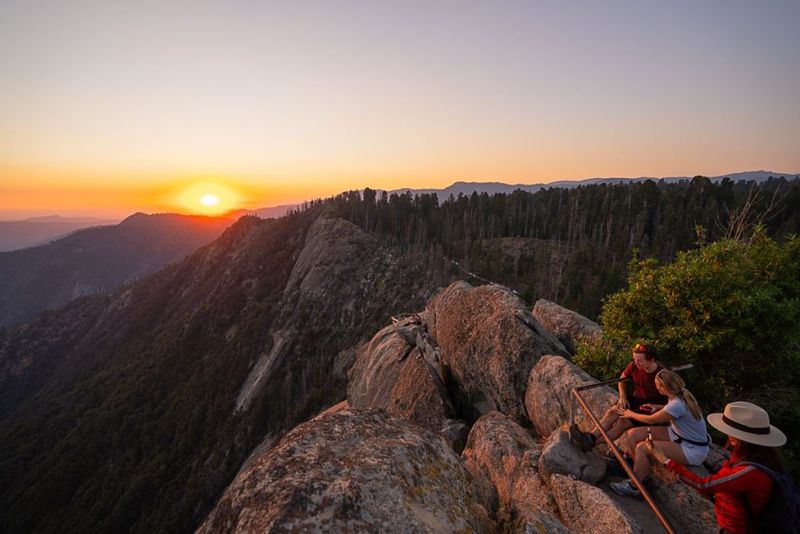Watching the sun break over a mountain ridge or light up a canyon wall is one of nature’s greatest shows. For photographers and hikers alike, sunrise offers soft, golden light that transforms landscapes into something magical. These trails across America promise not just stunning views, but the kind of photos that make your friends ask, “Wait, you took that?” Grab your camera, pack a headlamp, and get ready to chase the dawn.
1. Cadillac Mountain Summit Trails — Acadia National Park, Maine
Standing atop the highest point on the U.S. Atlantic coast feels like being on top of the world. Between October and early March, Cadillac Mountain holds the honor of catching America’s first sunrise. The summit loop is paved and easy, perfect for families or anyone wanting a quick reward.
Longer trails like North Ridge and South Ridge offer more adventure if you crave solitude. Arrive at least an hour before dawn to claim your spot and watch the sky shift from deep purple to fiery orange. During peak season, vehicle reservations are required, so plan ahead to avoid disappointment at the gate.
2. Mesa Arch — Canyonlands National Park, Utah
Few places on Earth deliver such drama in such a short walk. This half-mile loop brings you face-to-face with an arch that literally glows orange when the sun peeks over the horizon. Photographers line up with wide-angle lenses to capture the fiery underside and the La Sal Mountains framed perfectly beyond.
Because it’s so accessible, expect company—but the magic is worth sharing. Arrive early to secure your angle and set up your tripod. The entire show lasts only minutes, so have your settings dialed in before the sun crests and the arch ignites in warm light.
3. Delicate Arch Trail — Arches National Park, Utah
Utah’s most iconic arch looks completely different at dawn compared to the crowded sunset scene. Soft, wraparound light paints the sandstone bowl in shades of peach and pink, and you’ll share the moment with far fewer people. The three-mile round-trip includes nearly 500 feet of climbing, with some exposed slickrock near the end.
Bring plenty of water and a headlamp for the pre-dawn approach. Once you reach the natural amphitheater, the arch seems to float against the sky. It’s a bucket-list hike that rewards early risers with both solitude and stunning compositions.
4. South Kaibab Trail to Ooh Aah Point — Grand Canyon National Park, Arizona
Big views hit you from the very first steps down this trail. Sunrise light rakes across the canyon buttes, revealing layer after layer of ancient rock in shades of red, orange, and gold. Ooh Aah Point lives up to its name—most hikers gasp when they round the corner and see the panorama unfold.
Turn around here for a manageable 1.8-mile outing, or push on to Cedar Ridge if you’re feeling strong. There’s no water anywhere on this route, so carry enough and start early to beat the heat. The descent is deceptively easy; remember you have to climb back out.
5. Mount Fremont Lookout — Mount Rainier National Park, Washington
Perched high above subalpine meadows, this historic fire lookout delivers a front-row seat to Mount Rainier’s alpenglow spectacle. The 5.6-mile round-trip from the Sunrise area is moderate, winding through wildflower fields and rocky ridges. When the first light kisses Rainier’s glaciers, the mountain seems to glow from within.
Check for timed-entry requirements during peak summer months—reservations fill fast. Bring layers; mornings up here can be chilly even in July. The lookout itself is a charming piece of history, and the 360-degree views make every step worthwhile.
6. Sentinel Dome — Yosemite National Park, California
Granite underfoot and pastel skies overhead—Sentinel Dome is Yosemite’s sunrise secret. This two-mile round-trip stroll leads to a bare dome with 360-degree views of Half Dome, Yosemite Valley, and the High Sierra. Dawn light washes everything in soft pinks and purples, perfect for dreamy landscape shots.
A headlamp is essential for the pre-dawn approach, and watch for seasonal closures on Glacier Point Road. The dome’s smooth surface can be slippery when wet, so tread carefully. Arrive before first light to watch the valley slowly wake up below you.
7. Canyon Overlook Trail — Zion National Park, Utah
One mile delivers a balcony view over Zion Canyon as first light floods the red walls. This short trail packs serious wow factor, threading through carved alcoves before emerging at a jaw-dropping overlook. Parking is extremely limited—arrive early or be prepared to return later.
If you time it right after a full moon, you might catch the moon setting behind the cliffs while the sun rises opposite. It’s a photographer’s dream combo. The trail has some exposure and drop-offs, so watch your step while you’re gazing at the view and framing your shot.
8. Haleakalā Summit / Sliding Sands (Keonehe’ehe’e) — Maui, Hawai’i
Watching sunrise above the clouds from a volcanic crater is otherworldly. Haleakalā’s summit glows in layered pastels—lavender, peach, and gold—as the sun breaks the horizon. Sunrise reservations are required for entry between 3 and 7 a.m.; book up to 60 days ahead on Recreation.gov, with some released 48 hours out.
After the main event, consider a short walk down the Sliding Sands Trail. The cinder landscape and distant cones provide incredible foreground textures for your photos. Dress warmly—it’s cold at 10,000 feet before dawn—and arrive early to secure parking near the summit.
9. McAfee Knob — Appalachian Trail, Virginia
That jutting rock ledge is one of the most photographed spots on the entire Appalachian Trail. McAfee Knob offers a sweeping 270-degree panorama over Virginia’s valleys and ridges, and sunrise is when the scene truly shines. Plan for a 7.5 to 8-mile out-and-back with around 1,800 feet of elevation gain from the VA-311 trailhead.
Starting in the dark means you’ll need a good headlamp and sturdy boots. The climb is steady but manageable, and reaching the knob just as the sky turns pink is unforgettable. Expect other sunrise chasers; this viewpoint’s fame is well earned.
10. Horseshoe Bend — Glen Canyon National Recreation Area, Arizona
The Colorado River carves a near-perfect horseshoe here, and sunrise brings soft light and elbow room. This 1.5-mile round-trip sandy walk leads to one of the Southwest’s most famous viewpoints. Early morning is ideal for long exposures without harsh shadows or midday crowds.
Parking and fees are managed by the City of Page, so have cash or card ready. The overlook has a protective railing now, but the drop is still dizzying—keep your distance if you’re nervous about heights. Wide-angle lenses work best to capture the full sweep of the bend.
11. High Dune on First Ridge — Great Sand Dunes National Park & Preserve, Colorado
Climbing a sand dune in the pre-dawn cool is surreal and surprisingly challenging. Great Sand Dunes National Park stays open 24/7, so you can start early and crest the dune just as first light textures every ripple and ridge. Deep sand makes for slow going—expect two to four hours round-trip depending on your pace and conditions.
Sunrise reveals the dunes in layers of gold and shadow, with the Sangre de Cristo Mountains rising behind. Bring plenty of water and wear gaiters if you have them to keep sand out of your boots. The effort is worth it for photos that look like another planet.
12. Schwabacher Landing — Grand Teton National Park, Wyoming
Mirror-perfect reflections happen here when the morning air is dead calm. Schwabacher Landing’s gentle riverside path offers multiple composition angles as the Tetons catch pink alpenglow. Still water doubles the drama, turning the scene into a symmetrical masterpiece.
Arrive early to claim a spot along the bank and set up your tripod before the light show begins. The path is easy and family-friendly, winding through willows and beaver ponds. Even if the wind picks up, the Tetons at dawn are always breathtaking. This is Grand Teton’s most beloved sunrise location for good reason.
13. Sunrise Point via the Rim Trail — Bryce Canyon National Park, Utah
Hoodoos—those tall, skinny rock spires—ignite with color at dawn like nothing else on Earth. Sunrise Point lives up to its name, offering front-row seats to Bryce Canyon’s amphitheater as it shifts from shadow to glowing orange and red. The Rim Trail connects Sunrise Point with other overlooks, so you can wander as much or as little as you like.
Each angle reveals new formations and compositions. Arrive before first light to watch the transformation unfold. The air is crisp and cool at this elevation, so dress in layers and bring a thermos of something warm.
14. Diamond Head (Lē’ahi) Summit Trail — O’ahu, Hawai’i
Climbing up through an old volcanic crater to watch the sun rise over Waikīkī and the Pacific is a classic Hawaiian experience. Diamond Head’s summit trail is steep in spots, with stairs and tunnels carved through the rock. The payoff is a sweeping view across the coastline and Honolulu’s skyline.
Reservations are required for both entry and parking, and gates have set hours—check timing if sunrise happens before official opening during your visit. The trail gets busy fast, so book early and arrive ready to climb. It’s a workout, but the view from the top is absolutely worth it.
15. Moro Rock — Sequoia National Park, California
Climbing 350 granite steps to a serrated skyline sounds intense, but the view of the Great Western Divide at first light makes every step worthwhile. Moro Rock’s staircase hugs the dome’s edge, with handrails guiding you up. Dawn brings soft, gorgeous light and far fewer people than midday.
The summit offers a panoramic sweep of snowy peaks and forested valleys. Use the handrails and respect closures during icy conditions—the stairs can be slippery. Pack a headlamp for the pre-dawn climb and dress warmly. It’s one of Sequoia’s most rewarding sunrise hikes.
